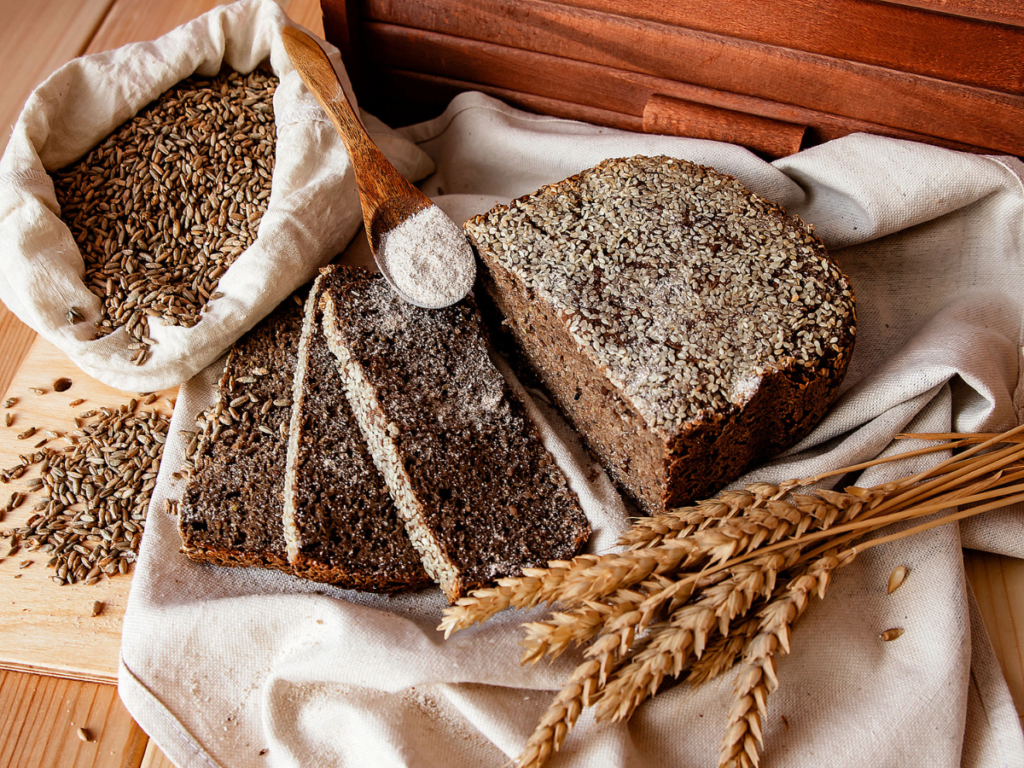
I. Introduction
Rye bread has been a staple in various cultures for centuries, known for its distinct flavor and dense texture. Unlike other bread types, rye bread presents unique challenges, especially concerning its rising time. This article delves into the science behind why rye bread takes longer to rise and provides tips to achieve the perfect loaf.
II. Understanding Rye Flour
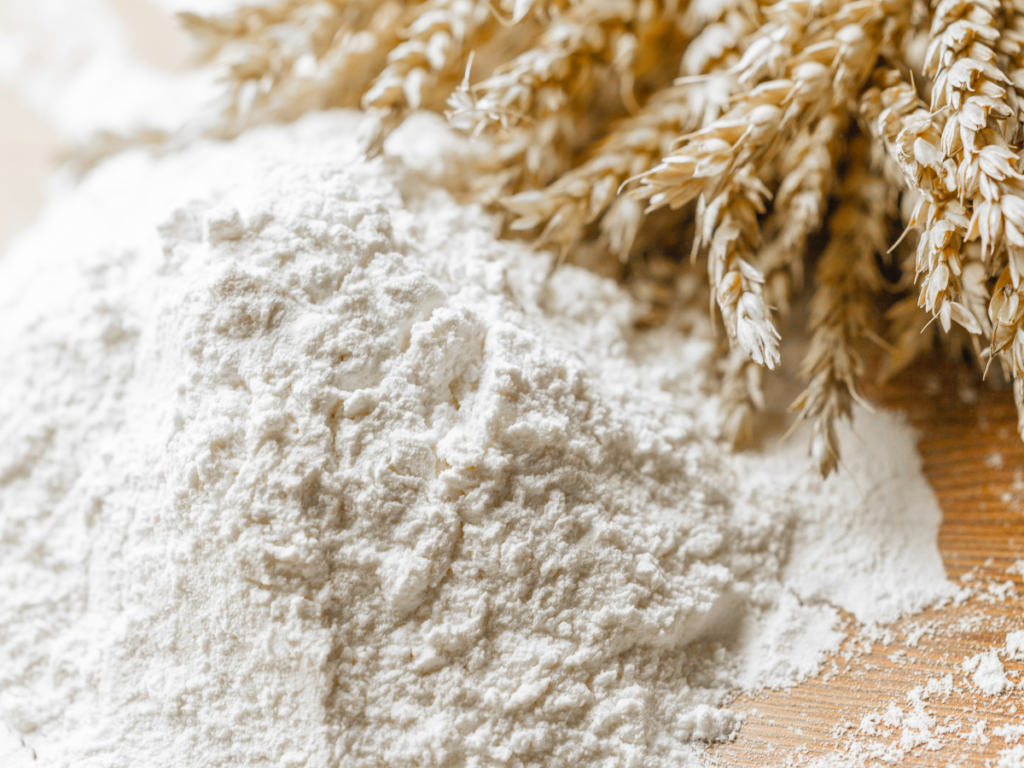
Composition of Rye Flour
- Nutritional content: Rye flour is rich in fiber, vitamins, and minerals.
- Differences from wheat flour: Rye flour has lower gluten content, affecting the dough’s structure and elasticity.
Impact on Dough Structure
- Gluten content in rye vs. wheat: Gluten is the protein that gives bread its structure. Rye has less gluten than wheat, resulting in a denser dough.
- Effects on dough elasticity and rising process: Lower gluten content means less elasticity, leading to a longer rising time.
Rye flour, derived from the rye grain, has a unique composition that sets it apart from wheat flour. It contains a significant amount of fiber, which contributes to its dense texture and hearty flavor. Additionally, rye flour is packed with essential vitamins and minerals, making it a nutritious choice for bread-making. However, the most crucial difference between rye and wheat flour is the gluten content. Gluten is the protein responsible for the elasticity and structure of bread dough. While wheat flour is high in gluten, rye flour contains much less, which directly impacts the rising process.
For a deeper understanding of the complexities involved in making rye bread, you might want to check out the secret to great deli-style rye bread.
III. The Science Behind Bread Rising
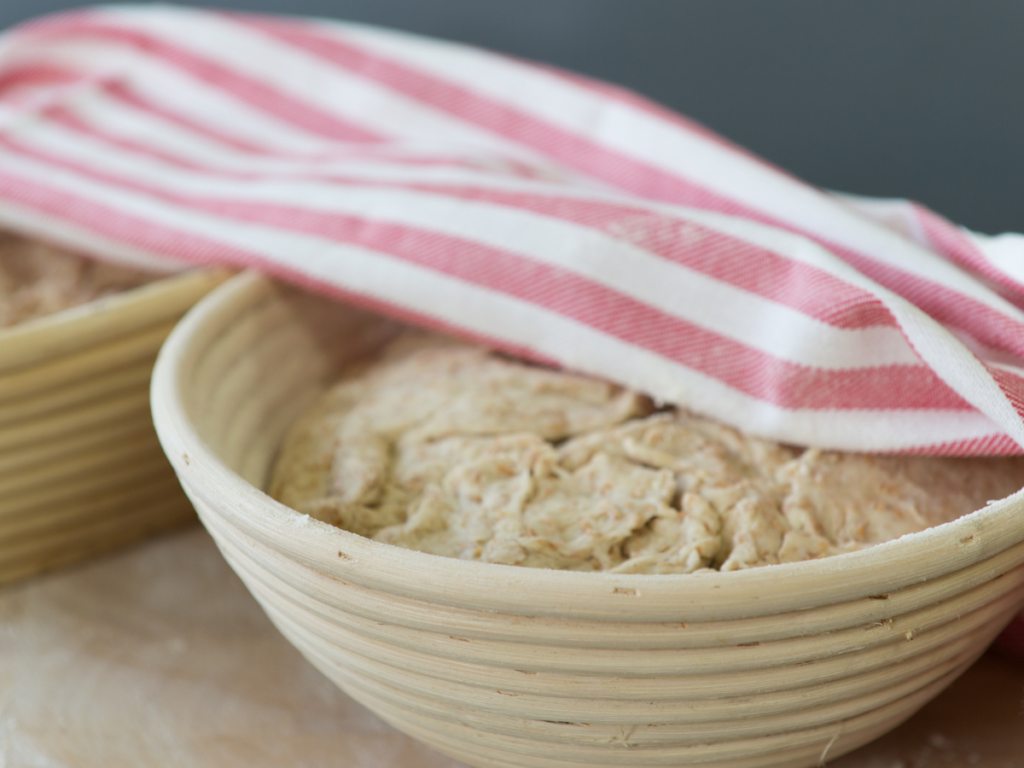
Role of Yeast in Bread Making
- Yeast fermentation process: Yeast consumes sugars and produces carbon dioxide, which makes the dough rise.
- How yeast works in different flours: Yeast activity can vary depending on the type of flour used, with rye flour slowing down the process due to its denser nature.
Factors Affecting Rising Time
- Temperature: Warmer environments speed up yeast activity, but rye dough benefits from a slightly cooler rise.
- Humidity: Higher humidity can improve yeast activity but also requires careful handling of the dough.
- Dough hydration levels: Proper hydration is crucial for optimal yeast activity and dough rise.
The rising process of bread dough is primarily driven by yeast fermentation. Yeast, a microorganism, consumes the sugars present in the dough and produces carbon dioxide gas as a byproduct. This gas is captured within the dough’s gluten structure, leading to its expansion and rise. However, the efficiency of this process depends significantly on the type of flour used.
Rye flour, with its lower gluten content, creates a denser dough that doesn’t trap carbon dioxide as effectively as wheat flour. Consequently, rye bread dough rises more slowly. Additionally, the hydration level of the dough plays a crucial role. Proper hydration ensures that the yeast has enough moisture to activate and ferment efficiently. However, too much hydration can make the dough too sticky and difficult to handle, while too little can result in a dry, dense loaf.
For those starting out, a comprehensive guide on how to make rye bread can be very helpful.
IV. Rye Bread Specifics
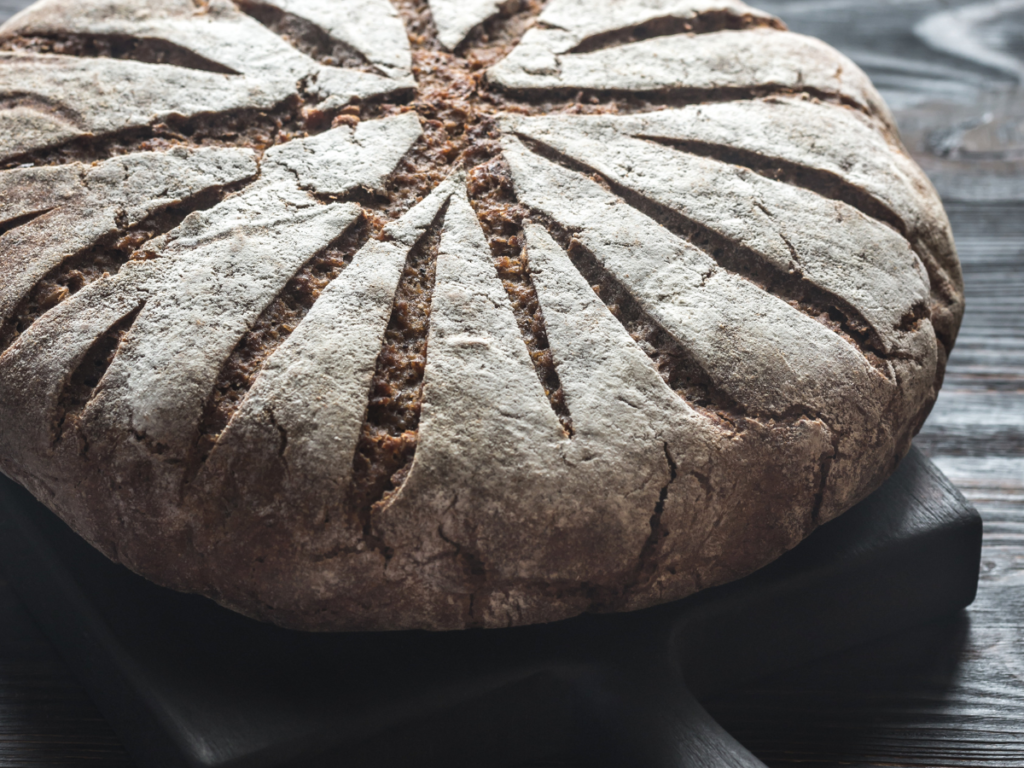
Why Rye Bread Takes Longer to Rise
- Lower gluten content: Rye’s low gluten content makes it harder for the dough to trap air, leading to a slower rise.
- Denser dough structure: The density of rye dough makes it less responsive to yeast activity compared to wheat dough.
Sourdough vs. Yeast-Risen Rye Bread
- Differences in fermentation process: Sourdough rye bread relies on natural fermentation, which can be slower but adds depth to the flavor.
- Impact on rising time: Sourdough rye typically rises more slowly than yeast-risen rye due to its complex fermentation process.
Rye bread, whether made with commercial yeast or a sourdough starter, tends to rise more slowly than wheat bread. This is primarily due to the lower gluten content in rye flour, which makes it challenging for the dough to trap and retain the carbon dioxide produced during fermentation. As a result, the dough doesn’t expand as much, leading to a denser loaf with a longer rising time.
Sourdough rye bread, in particular, takes even longer to rise compared to yeast-risen rye bread. This is because sourdough fermentation relies on naturally occurring wild yeasts and bacteria, which work more slowly than commercial yeast. However, this slower fermentation process contributes to the unique flavor and texture of sourdough rye bread, making the extra time and effort worthwhile.
V. Techniques for Baking Rye Bread
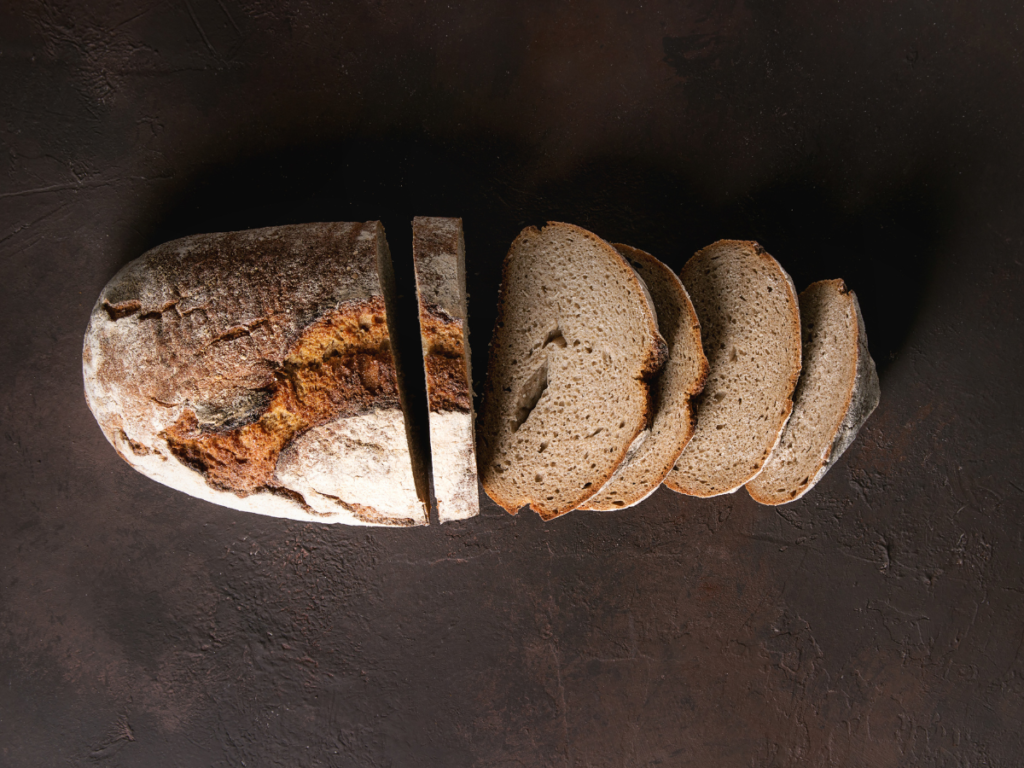
Best Practices for Kneading and Shaping
- Handling sticky rye dough: Rye dough tends to be stickier than wheat dough. Use wet hands or oil to handle it more easily.
- Shaping tips for better rise: Proper shaping ensures even rising. Avoid overworking the dough to maintain its structure.
Optimal Rising Conditions
- Ideal temperatures and environments: A slightly cooler rise (around 75°F) is ideal for rye dough.
- Use of proofing boxes: Consistent temperature and humidity can improve rising times and dough texture.
Baking rye bread successfully requires mastering a few key techniques. First, handling rye dough can be challenging due to its stickiness. Wetting your hands or using a small amount of oil can make the dough easier to manage. Additionally, proper kneading and shaping are crucial for achieving an even rise. Overworking the dough can damage the gluten network and inhibit rising, so it’s essential to knead gently and shape carefully.
Creating the ideal environment for rising is also important. Rye dough benefits from a slightly cooler rise, around 75°F, which allows the yeast to work slowly and steadily. Using a proofing box can help maintain a consistent temperature and humidity level, improving the dough’s texture and rising time.
VI. Common Issues and Solutions
Troubleshooting Rising Problems
- Common mistakes in rye bread baking: Over-kneading, insufficient fermentation time, and incorrect hydration levels are frequent issues.
- Solutions to improve rise: Adjust the recipe by adding wheat flour or vital wheat gluten to enhance gluten formation.
For more tips on handling common issues, read about why won’t my gluten-free sourdough bread rise.
Adjusting Recipes for Better Results
- Adding wheat flour or vital wheat gluten: This can help improve the structure and rising time of the dough.
- Adjusting hydration levels: Ensure the dough is adequately hydrated to support yeast activity and proper rise.
Baking rye bread can come with its fair share of challenges. Common issues include over-kneading the dough, which can damage the gluten network and hinder rising, and insufficient fermentation time, which doesn’t allow the yeast to fully develop. Incorrect hydration levels can also be problematic, as too much or too little water can negatively impact the dough’s texture and rising ability.
To improve the rise of rye bread, consider adjusting the recipe. Adding a small amount of wheat flour or vital wheat gluten can enhance the dough’s gluten content, making it more elastic and better able to trap carbon dioxide. Additionally, ensuring the dough is adequately hydrated will support yeast activity and promote a proper rise.
VII. Conclusion
Summary of Key Points
- Rye bread takes longer to rise due to its lower gluten content and denser structure.
- Proper techniques and adjustments can help improve the rise and overall quality of rye bread.
Final Thoughts
Baking rye bread requires patience and precision. By understanding the unique properties of rye flour and following the right techniques, you can enjoy the rich flavor and texture of
homemade rye bread. Experiment with different methods and enjoy the process of making this delicious and nutritious bread.
In conclusion, while rye bread does take longer to rise than other types of bread, understanding the reasons behind this and applying the right techniques can lead to successful results. By mastering the art of working with rye flour and making necessary adjustments, you can create delicious, nutritious rye bread at home. Enjoy the process and the satisfaction of baking your own bread.
VIII. FAQs on Baking Rye Bread
Why isn’t my rye bread dough rising?
There are several reasons why your rye bread dough might not be rising:
- Inactive Yeast or Starter: Ensure your yeast or sourdough starter is active and bubbly.
- Temperature: Cold temperatures can slow down the fermentation process. Keep the dough in a warm environment.
- Hydration: Rye flour absorbs more water, so make sure the dough is properly hydrated.
- Kneading: Insufficient kneading can result in poor gluten development, affecting the rise.
- Over-fermentation: If the dough has over-fermented, it may collapse and not rise properly.
What are some of the challenges when baking with rye flour?
Baking with rye flour presents several challenges:
- Low Gluten Content: Rye flour has less gluten, resulting in a denser dough and bread.
- Sticky Dough: Rye dough can be stickier and harder to handle compared to wheat dough.
- Absorbs More Water: Rye flour requires more water, making hydration levels critical.
- Flavor: Rye has a stronger flavor that might not appeal to everyone.
How do you know if rye bread is proofed?
To check if rye bread is properly proofed:
- Poke Test: Gently press your finger into the dough. If it springs back slowly and leaves a slight indentation, it’s ready to bake.
- Volume Increase: The dough should have noticeably increased in size, although not as much as wheat-based dough.
- Texture: The dough should feel light and airy, not dense or heavy.
Why is it taking so long for my bread to rise?
Bread can take longer to rise for several reasons:
- Temperature: Cooler environments slow down the fermentation process. Ensure the dough is kept in a warm place.
- Inactive Yeast or Starter: If the yeast or sourdough starter isn’t fully active, the rise will be slower.
- Dough Hydration: Insufficient hydration can slow down yeast activity. Ensure the dough has the right amount of water.
- Flour Type: Whole grain flours, including rye, can take longer to rise due to their heavier nature and lower gluten content.
- Underdeveloped Gluten: Proper kneading is crucial for gluten development, which affects the dough’s ability to trap gas and rise.
